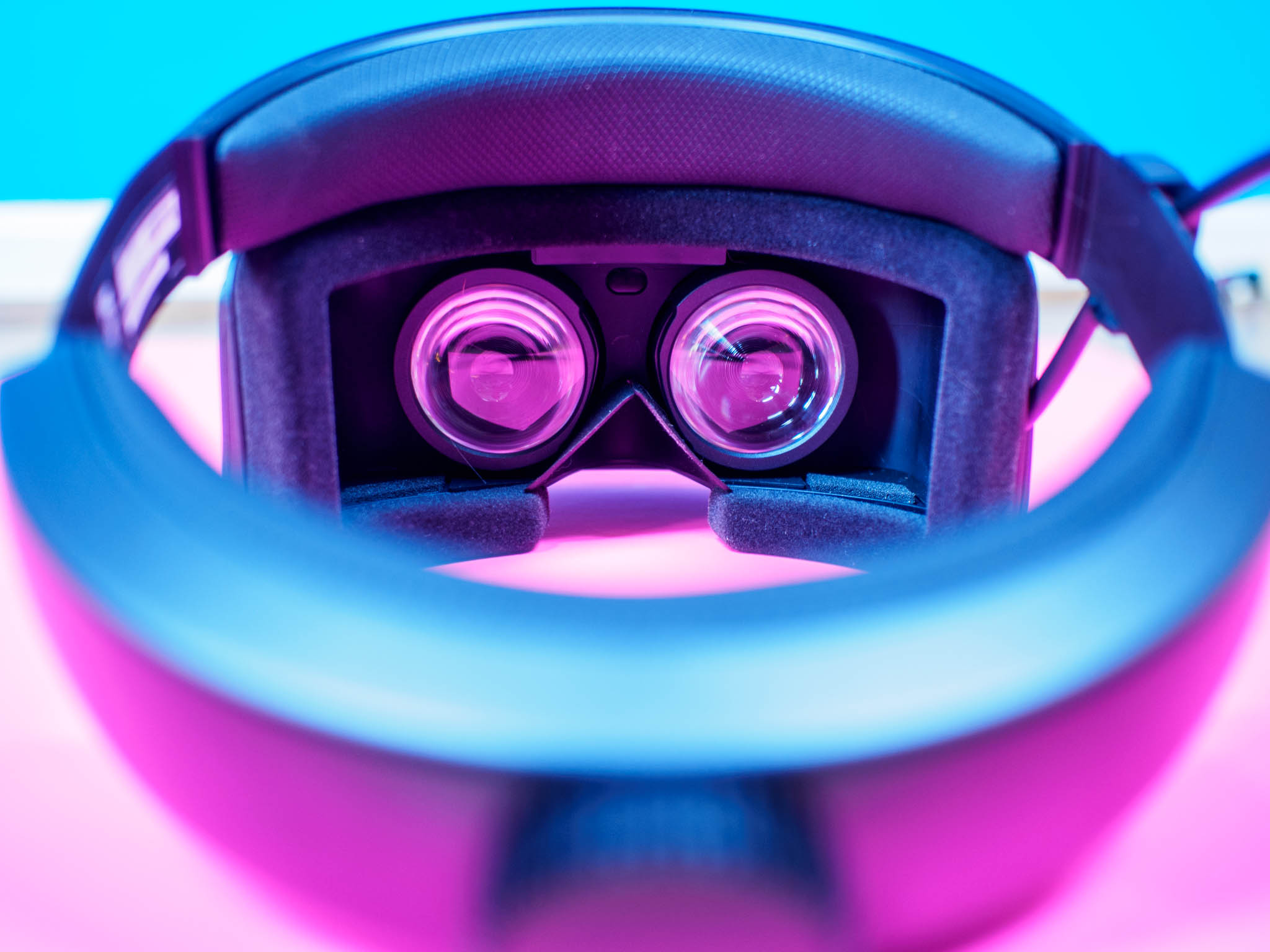
I've spent a lot of time in VR, using Windows Mixed Reality (WMR), Oculus Rift, and HTC Vive just about equally, and while I always have a blast, there are a number of improvements that could bring VR into the next generation.
Some of those improvements, like a wireless connection between PC and VR head-mounted display (HMD), are already here thanks to products from TPCast, while other improvements, like the varifocal display currently living in the Oculus "Half Dome" prototype, are still a fair ways off from seeing commercial release.
While the prototypical varifocal display Oculus is working on will have a higher field of view (FOV) and will be able to focus on text and other minute details for a clearer picture, I think the future will ultimately lie in a display that can nearly match what the human visual system (HVS) is capable of. And a version of that display may already exist.
Google and LG unveil a new display for AR and VR
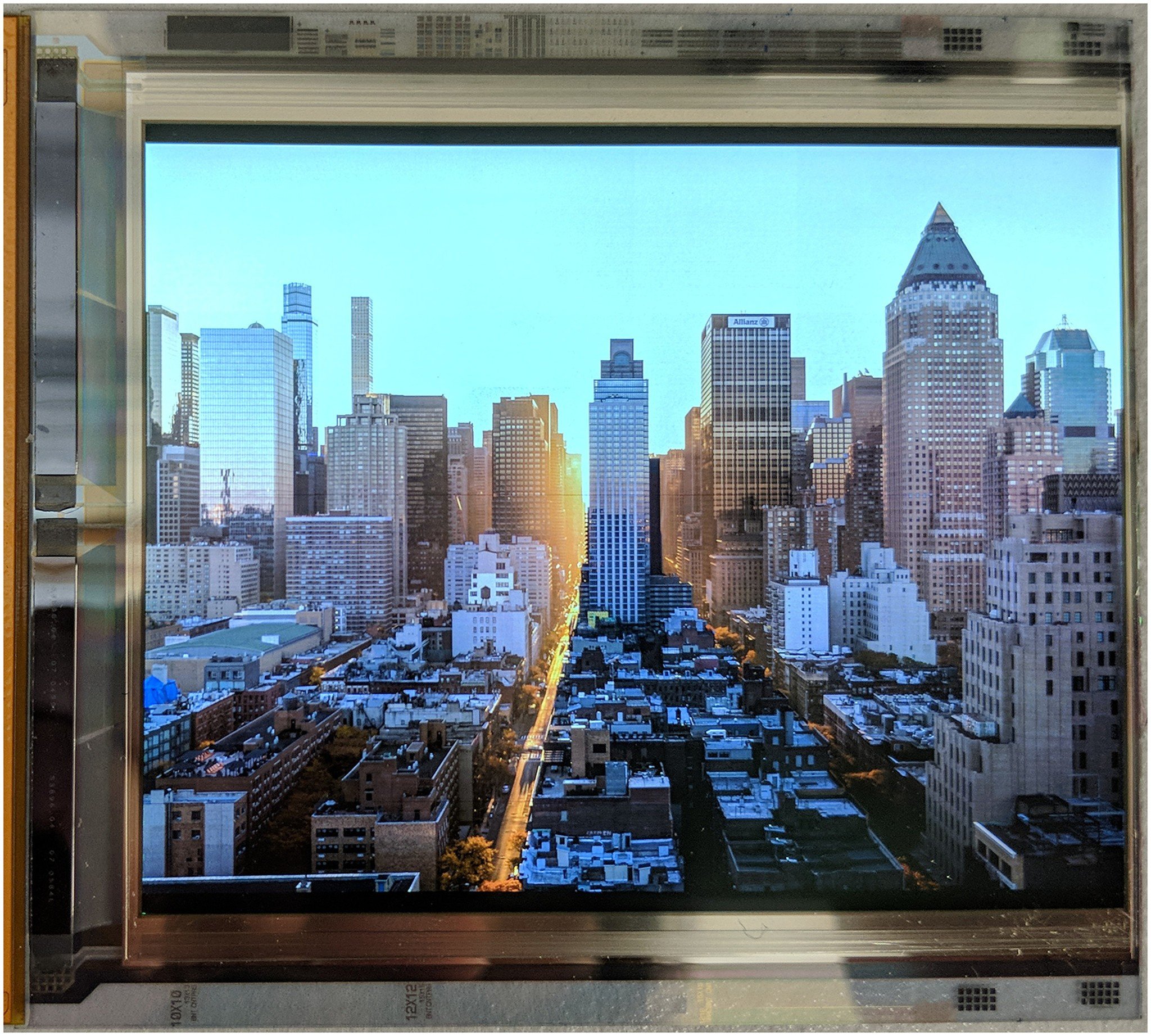
At Display Week 2018, Google and LG showed off a new OLED display designed specifically for HMDs. The related information was first published on May 9, 2018, in the Journal of the Society for Information Display, which is a technical but fascinating read. The display has the "world's highest resolution" at 18MP, which translates to a pixel count of about 4,800 x 3,840. The entire display is 4.3 inches, has 1,443 pixels per inch (PPI), and has a 120Hz refresh rate. It will likewise have a 120-degree x 96-degree FOV.
These numbers, when compared to the "upper bounds" of the HVS, are put into perspective. Human FOV is about 160 x 150 in each eye, while a pixel count of about 9,600 x 9,000 is required to cover that FOV. That equates to about 2,183 PPI. There are some calculations above my pay grade that go into the final tally, but it's clear that there's still some distance to go before you can't tell the difference between a VR display and real life. Yet, these numbers completely blow away anything else we currently see in VR.
Comparing the new display to current VR headsets
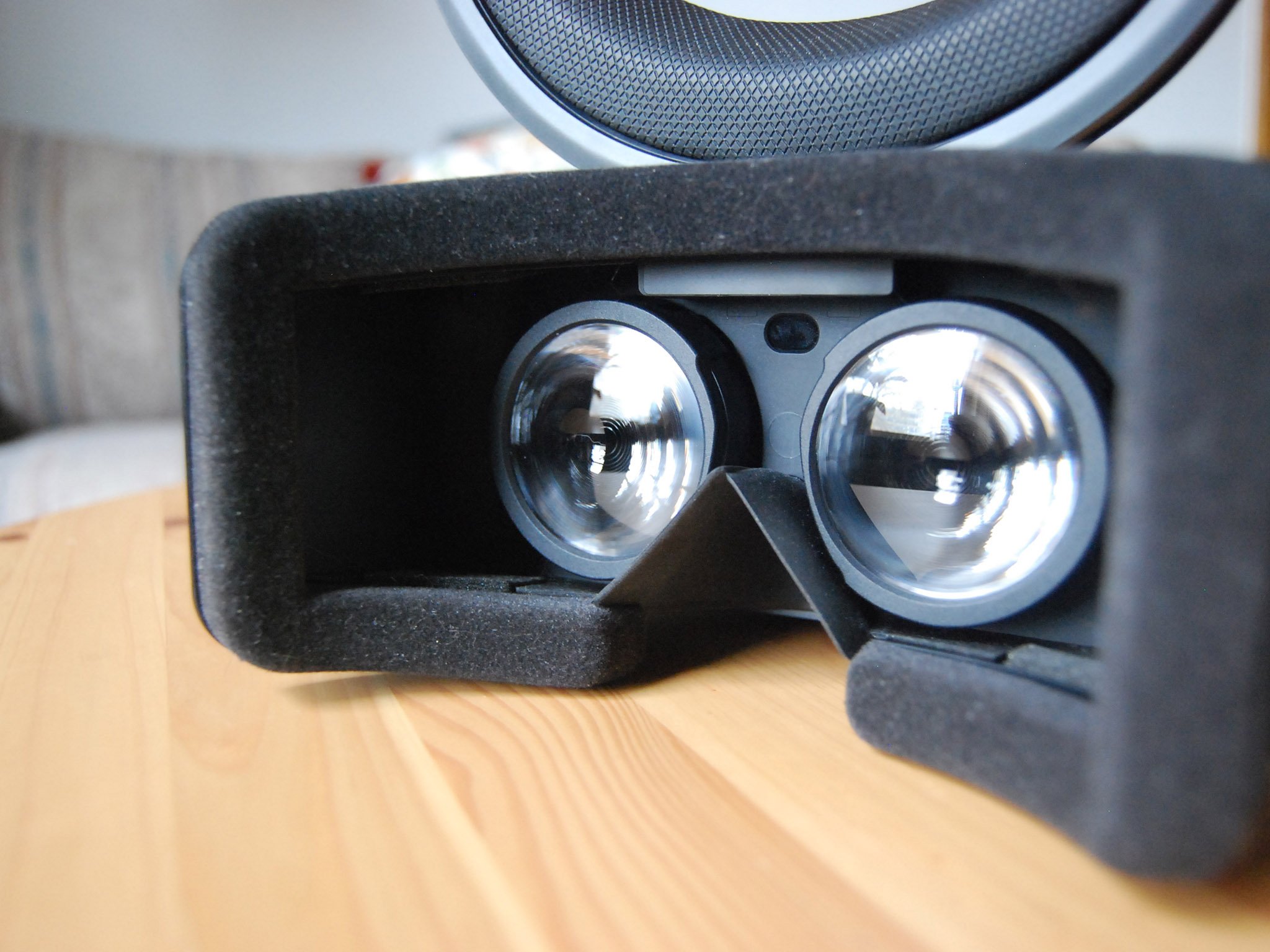
To get a better idea of how advanced this display really is, it's worth comparing to current VR headsets. The Oculus Rift CV1 has an OLED display with a 1,080 x 1,200 resolution per eye, a 90Hz refresh rate, and a 110-degree FOV.
Get the Windows Central Newsletter
All the latest news, reviews, and guides for Windows and Xbox diehards.
The standard HTC Vive has the same 1,080 x 1,200 resolution, FOV, and refresh rate as the Rift, while the HTC Vive Pro has upped its resolution to 1,400 x 1,600 per eye with a 110-degree FOV and 90Hz refresh rate.
Looking finally at WMR, there's a mix of 1,440 x 1,440 and 1,440 x 1,600 resolutions per eye with 90Hz refresh rates. Headsets also differ when it comes to FOV, ranging from 95 degrees to 110 degrees.
Bottom line? None of these current-gen PCVR systems come anywhere close to what Google and LG have created. The idea of visual acuity at that high of a level is exciting, but there are some challenges in the way.
Challenges faced by this type of display
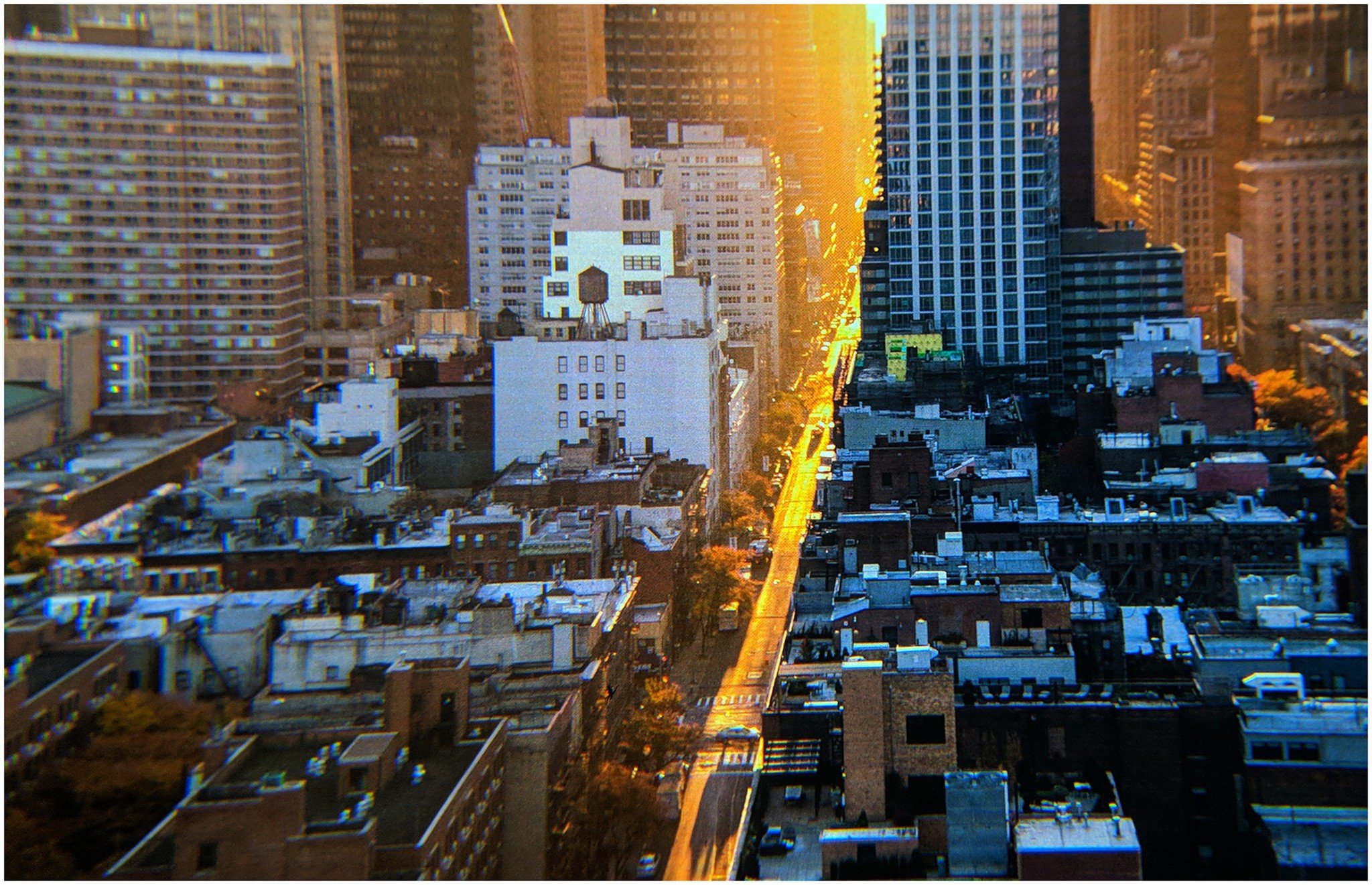
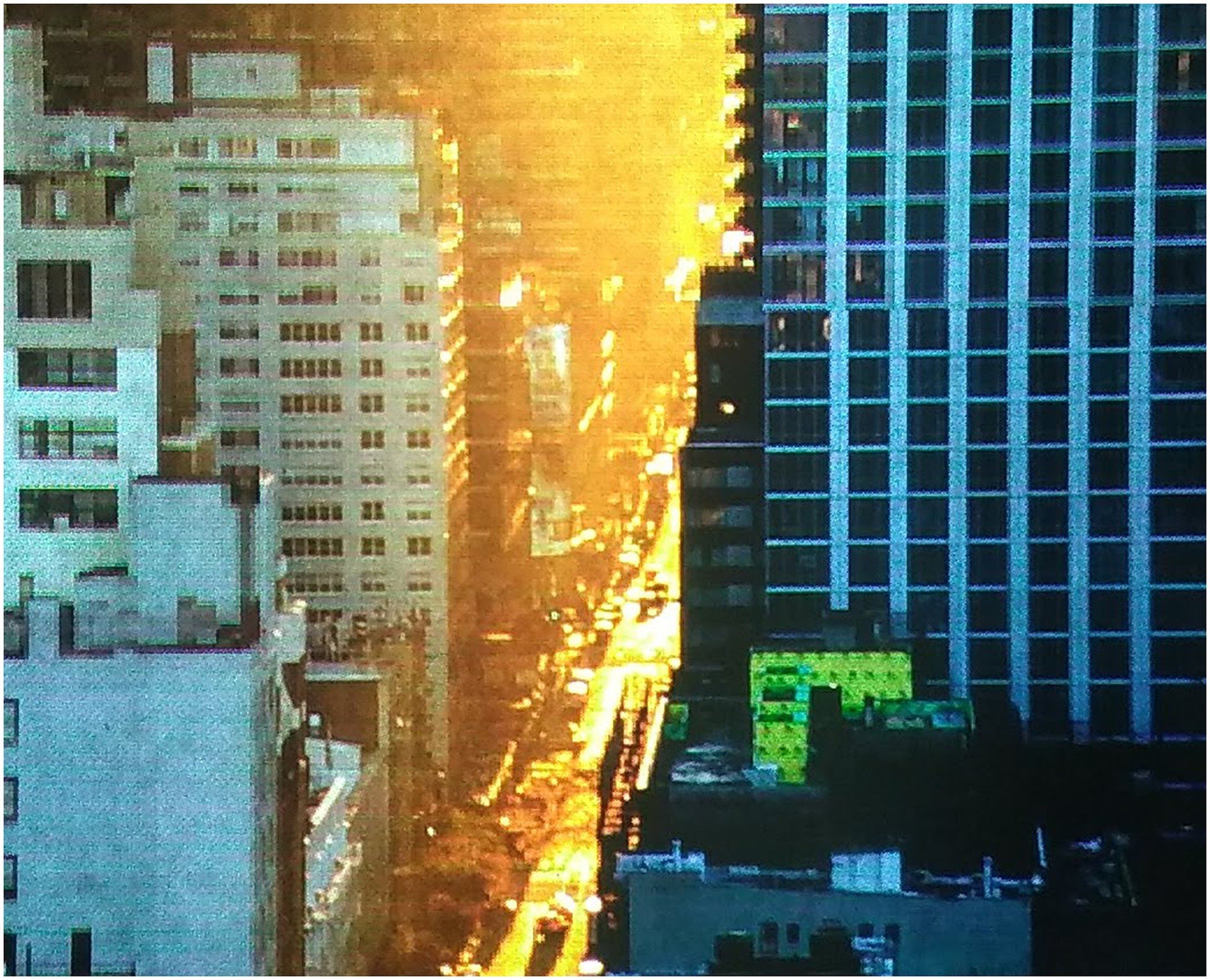
At the moment, a mobile system on a chip (SoC) is being used to render for the display, and the refresh rate is capped at 75Hz. That's well under the 120Hz rate that the display is capable of, and it's under the general 90Hz suggestion for VR that doesn't make you sick, but that could change once it's powered by a full-sized PC GPU. At the full refresh rate and with the highest resolution, that would no doubt need to be quite the beefy piece of hardware.
There's then the issue of proper compression between the GPU and display. DisplayPort 1.4 supports an "uncompressed payload data rate of 25.92 Gbps," yet a display with the upper bounds of what humans are capable of viewing would need an uncompressed transfer rate of about 343 Gbps. That's an enormous jump, but that's still far in the future. The display that's been created here doesn't have as high of a pixel count, plus there are compression techniques and foveated rendering that will shrink the needed bandwidth.
Foveated rendering is used in VR headsets to take some of the load off of the graphics card (GPU). The image you see isn't all displayed at the same quality, but rather in your focal point, and it's as high as possible with peripherals at a lower resolution. The techniques used here, including "foveated rendering, rearrangement for foveated transport, metadata calculation and insertion, optional compression, and physical layer transmission" should all be possible on a standard (yet powerful) PC GPU. It will be interesting to see exactly how these challenges are overcome, but I have no doubt that they indeed will one day be a worry of the past.
What do you think?
This is a step in the right direction for VR, but how long do you think it will be before we see its type in a commercially-available product? Are you excited to test it out? Any other challenges you foresee? Let us know in the comments.

Cale Hunt brings to Windows Central more than eight years of experience writing about laptops, PCs, accessories, games, and beyond. If it runs Windows or in some way complements the hardware, there’s a good chance he knows about it, has written about it, or is already busy testing it.
